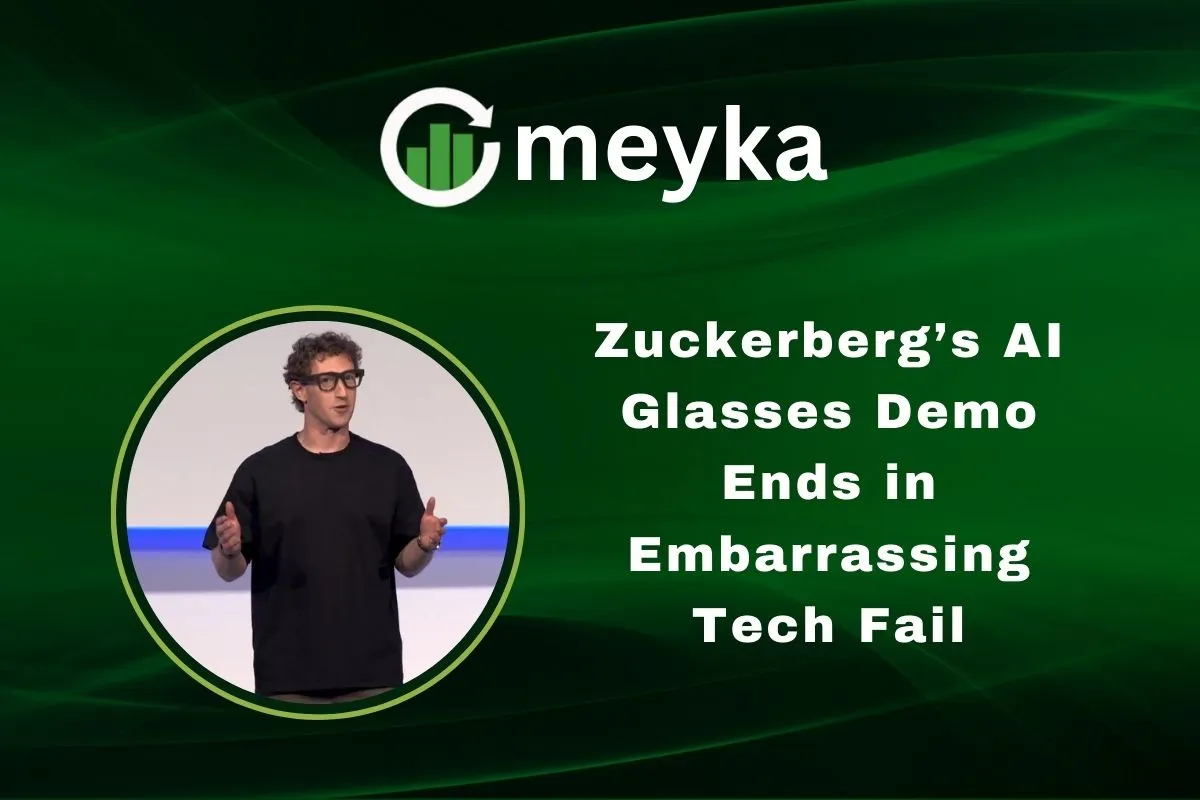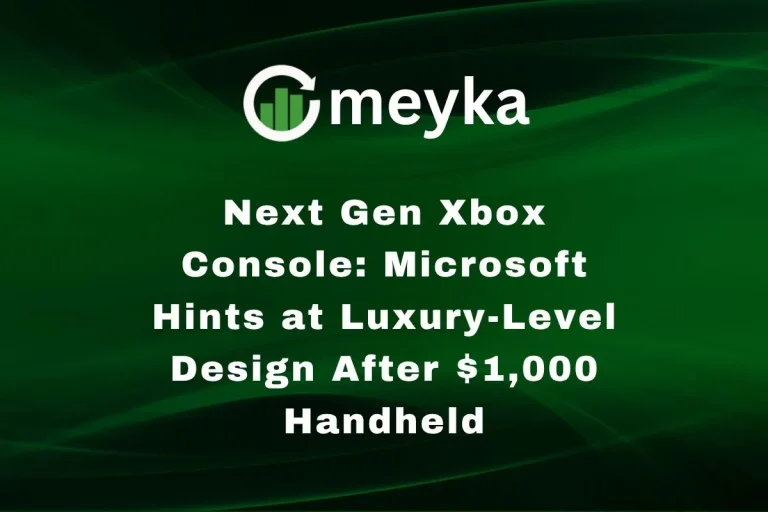Zuckerberg’s AI Glasses Demo Ends in Embarrassing Tech Fail
Mark Zuckerberg walked on stage at Meta Connect 2025 with high hopes. He was about to reveal the Meta Ray-Ban Display glasses paired with a neural wristband, devices that promise to bring AI help directly into everyday moments. We expect new tech to be polished at a big launch. But the glasses didn’t cooperate. In one demo, the AI skipped recipe steps and gave wrong instructions. Then, the gesture controls failed when Zuckerberg tried answering a video call.
Despite clear potential, live captions, translation, and hands-free tasks, what we saw was a tech show full of stumbles. The contrast between the promise and the result is sharp. We’re left asking: is this just an embarrassing glitch or a sign of deeper limits in wearable AI?
What Happened at the Demo?
At the Connect event on September 17, 2025, Zuckerberg introduced the Ray-Ban Display glasses. The device includes a display built into the right lens plus a neural wristband that lets users control things with gestures. Price: about $799. Expected release: September 30 in the U.S.
First live test: food influencer Jack Mancuso used the glasses to get a recipe for Korean-inspired steak sauce. The AI skipped ahead, ignored basic steps, and repeated wrong instructions. Mancuso asked, “What do I do first?” The AI didn’t answer correctly.
Second live test: a video call demonstration failed. It involved the wristband’s gesture controls. But the glasses didn’t respond. The CEO and CTO apologized and blamed poor WiFi, plus some bugs. The demos ended with awkward laughs, uneasy applause, and lots of online memes.
The Vision Behind Meta’s AI Glasses
Meta wants these AI Glasses to do more than just look cool. They aim to blend AI help into daily life. Think: live subtitles, on-lens notifications, translation, quick responses, all without pulling out a phone. Zuckerberg called them “ideal for personal superintelligence.”
The wristband is key. It reads gestures, subtle hand signals, so users can control the glasses without physically touching them. That’s part of the vision. Wearables that act almost like extensions of the body.
Meta is also pushing features like messages, calls, walking directions, and maybe soon even vision-based AI that helps remember things. We’re moving toward devices that help us rather than distract us.
Why the Demo Failed: Technical and Strategic Issues
Many things may have gone wrong. First, WiFi clearly played a bad role. When thousands of devices are connected at one event, stability becomes fragile. The cooking demo struggled, for example, when the AI agent couldn’t correctly follow voice commands.
Second, software bugs. The video call using gestures failed because the display went to sleep, or notifications didn’t wake properly. It was a rare but visible flaw.
Third, showing unfinished tech in real time is always risky. Any minor glitch looks large on stage. We saw that Meta tried, but a few missteps made the technology feel fragile. Strategically, this puts more pressure on the rollout. Features need to work well from Day One. Otherwise, public trust suffers.
Lessons from Past Tech Demo Fails
We’ve seen this pattern before. When demos go wrong, people remember the glitch more than the promise.
- Remember when Google’s Bard AI demo stumbled live because it gave wrong factual info? That moment hurt confidence.
- When Snap first introduced Spectacles, battery life and utility complaints overshadowed novelty.
- Apple, in recent years, has reduced live demos for big launches; they prefer pre-recorded videos. That helps avoid unpredictable “oops” moments. Experts say Meta probably learned this too late.
These fails don’t always kill products. Sometimes they help refine them. When companies own the mistake, fix it, and then deliver a solid product, people forgive. But the path from embarrassment to redemption is narrow.
Can AI Glasses Still Succeed?
Yes. We believe they still can. The concept is powerful. Imagine walking across campus, seeing translations in your lens. Or receiving messages without reaching for your pocket. Those are real benefits.
Challenges remain, though:
- Price: $799 is steep. Buyers will expect excellence. If features don’t match hype, many will wait.
- Battery life: Mixed use seems to last about six hours. For full-day usage, that’s low.
- Reliability: WiFi drop, gestures not working, display sleep issues, Meta must fix these.
- Design & comfort: Bulky tech in glasses can make wearers self-conscious. It must look good and feel good.
- Privacy: With cameras, mics, and AI listening, people will worry. Meta must show strong protections.
If Meta improves these, we may see AI Glasses become mainstream. Not only for tech fans, but for anyone who wants their devices to help, not distract.
Conclusion
The AI Glasses demo at Meta Connect was bold. It also showed what can go wrong when ambition meets live tech. The promises are real. But glitches on stage cost perception. We saw both the bright future and the ground-level hurdles in one event.
Meta now has to follow through. Fix the bugs. Deliver the features. Prove that AI Glasses are more than hype. If they do this, we could be witnessing the start of a shift, from phones in our hands to intelligence in our glasses.
FAQS:
Mark Zuckerberg is using AI to build smart tools like AI Glasses. He wants these tools to help people with daily tasks, learning, and communication in real time.
AI glasses face many problems. They can give wrong answers, depend on WiFi, and have short battery life. Privacy concerns and high cost also make them harder to adopt widely.
Yes, Mark Zuckerberg has been seen wearing Meta’s AI Glasses. These are Ray-Ban smart glasses designed with AI features, but he does not wear them as regular vision glasses.
Disclaimer:
This content is for informational purposes only and is not financial advice. Always conduct your research.






